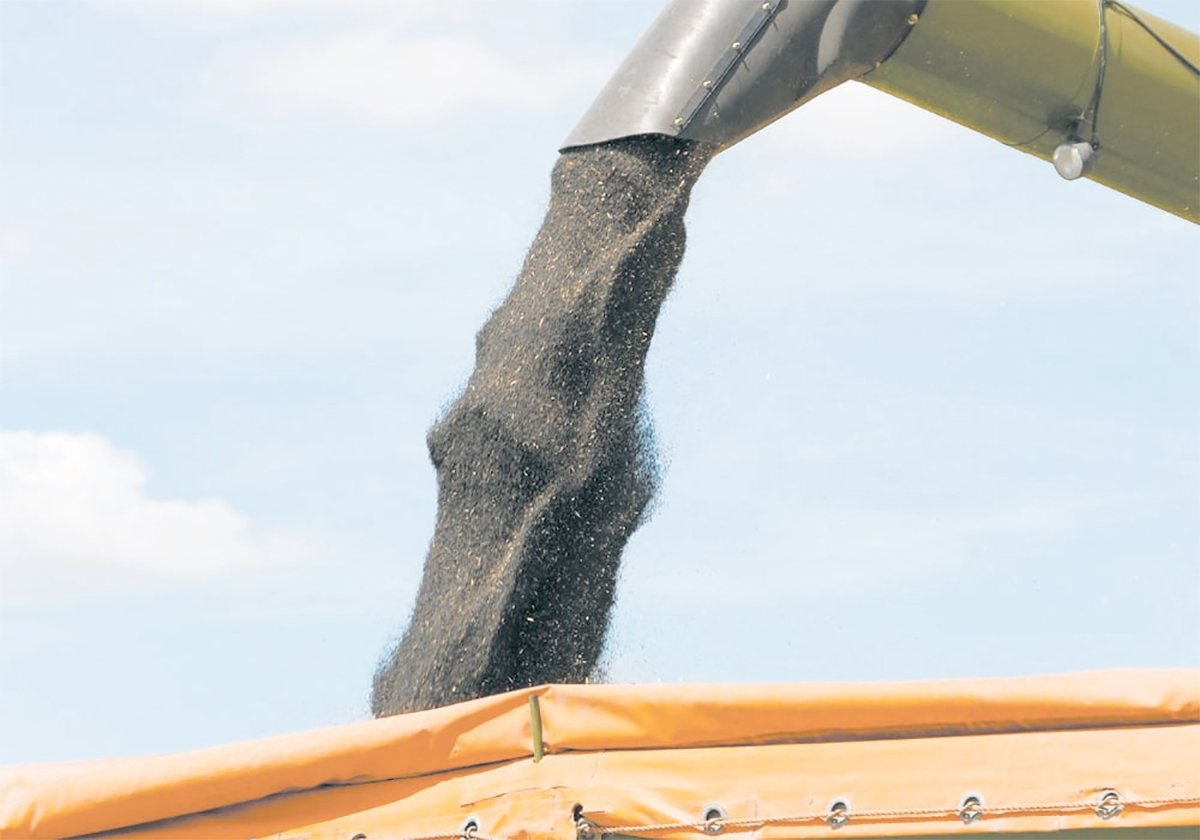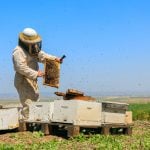Another day, another extension to the beef recall connected to XL Foods.
That’s the way it’s been going lately, though recent negative E. coli tests on carcasses in XL’s plant in Brooks, Alta., suggest additions to the largest beef recall in Canadian history are being made from an abundance of caution rather than a major threat to human health.
The recent beef recall and the 2008 Maple Leaf meat recall illustrate the widespread distribution of food products in this country and abroad.
Food safety lapses have far-reaching effects in human health and suffering, financial losses to companies and those that supply them and reductions in consumer confidence and demand.
Read Also

Determining tariff compensation will be difficult but necessary
Prime minister Mark Carney says his government will support canola farmers, yet estimating the loss and paying compensation in an equitable fashion will be no easy task, but it can be done.
Yet there are tools at our disposal to make food safer and limit the fallout from situations like that at XL.
One of those is irradiation. It’s time to seriously consider employing it if we are also serious about reducing illness caused by E. coli and its equally unpalatable cousins, salmonella, listeria and campylobacter.
The well-informed readers of this newspaper have probably heard of food irradiation. But a February 2012 survey done by Angus Reid for the Consumers Association of Canada showed 57 percent of Canadians have not.
Irradiation involves exposing food to some form of ionizing energy: gamma rays, electron beams or X-rays. This exposure kills bacteria. It does not cause food to become radioactive.
Consumers are understandably dubious about radiation in connection with food. Many are likely unaware that some food in Canada is already irradiated and much more is approved as suitable for irradiation.
The technique is sometimes used on potatoes and onions to prevent sprouting, and is also federally approved for use on wheat, flour, whole and ground spices and dehydrated seasonings. In this country, anything irradiated must carry the radura symbol.
According to Health Canada, at least 39 other countries approve irradiation for food ranging from those listed above to chicken, fruit and vegetables.
Irradiation of food has been extensively studied and scientifically supported as effective in killing potentially dangerous bacteria. It has been in use for various sterilization applications for more than 30 years.
Irradiation has a cost, of course, and that would likely have to be borne by food processors and food handling companies.
As well, there are suggestions, though unproven, that the process affects the nutritional value of food. Isotopes must be used, transported and disposed of, which generates another bevy of issues.
The fact remains, however, that irradiation can make food safer if we choose to use it.
And if we so choose, it can be used in concert with existing food safety measures in plants like XL Foods, Maple Leaf and other major food processors — measures like steam pasteurization, cooking and proper sanitation. It can augment existing food safety techniques, not replace them.
Nor would irradiation release consumers from responsibility for safe food handling through proper cooking, cleaning and hand washing. Food deemed safe at one point in the chain does not mean it’s safe at the end unless each link takes responsibility for retaining that safety.
But meat is only one part of the food picture. Irradiation has far wider applications. It is a proven technique that has been studied and is already widely used. Its potential for increasing food safety on a wider scale is far more assured.
If any good can come of the XL Foods recall, perhaps it will occur in the form of a closer look at the benefits of irradiation and greater consumer support for en-hanced food safety measures.














